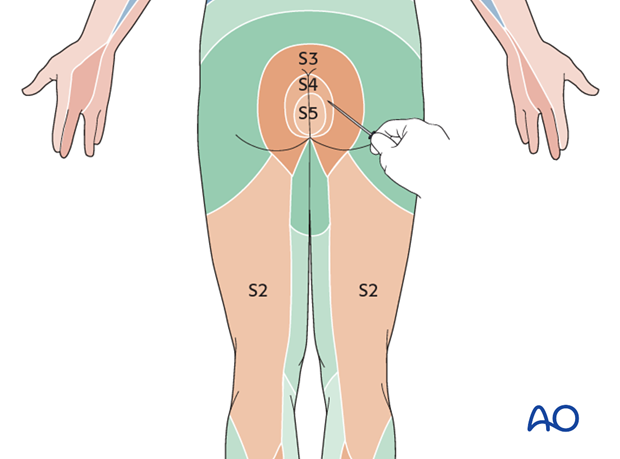Neurological evaluation of patients with thoracolumbar trauma
1. INSCI
To assess the neurologic status of the patient the International Standards for neurological classification of Spinal Cord Injuries (INSCI; formerly referred to as the ASIA standards) are used systematically.
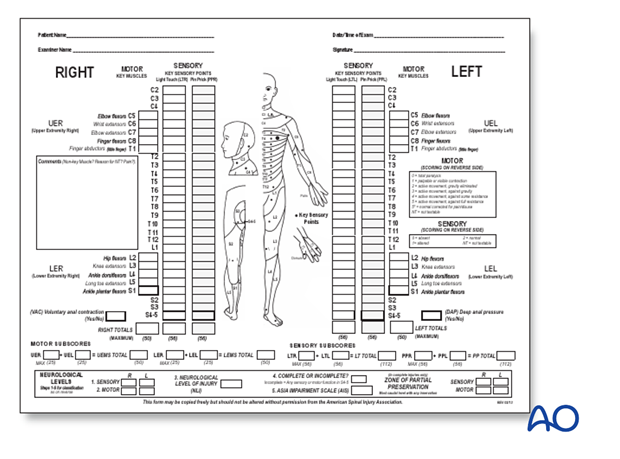
2. Motor function
The following key muscles in the upper and lower extremities have to be examined. A Manual Muscle Test (MMT) is performed.
There are six levels of muscle strength, as indicated on the assessment sheet.
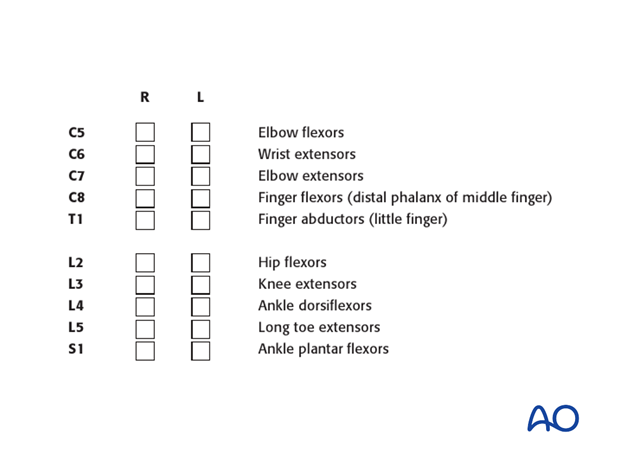
Upper limbs
Check the strength of key muscles in the upper limb. The key muscles are listed below along with the spinal cord level in brackets.
Check elbow flexors (C5)
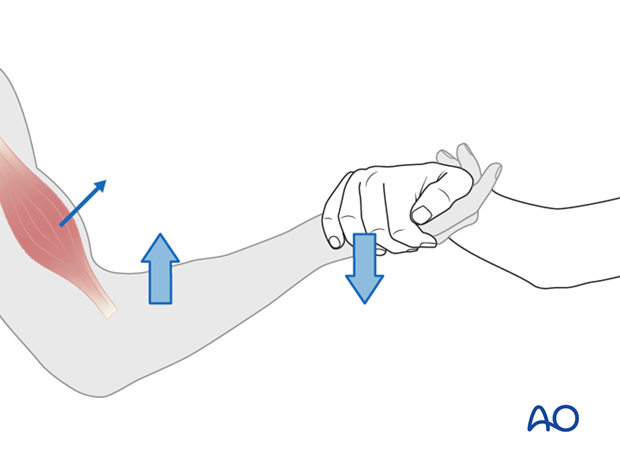
Check wrist extensors (C6)
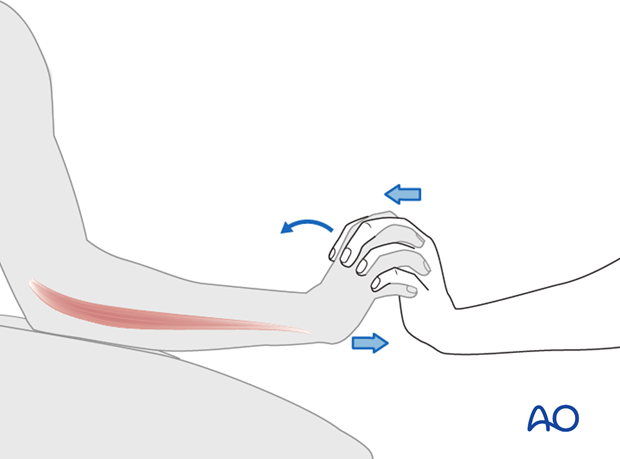
Check elbow extensors (C7)
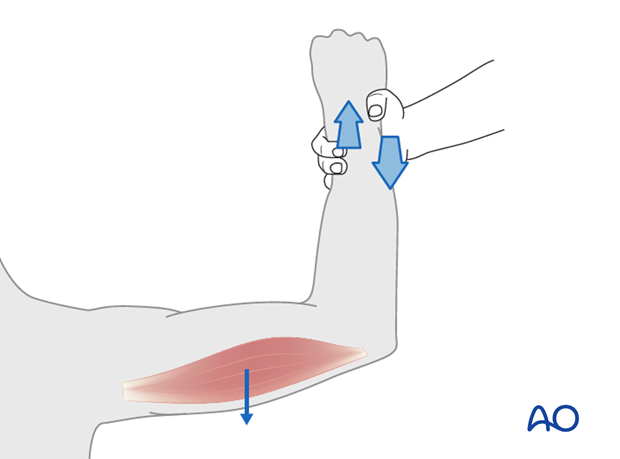
Check finger flexors (C8)
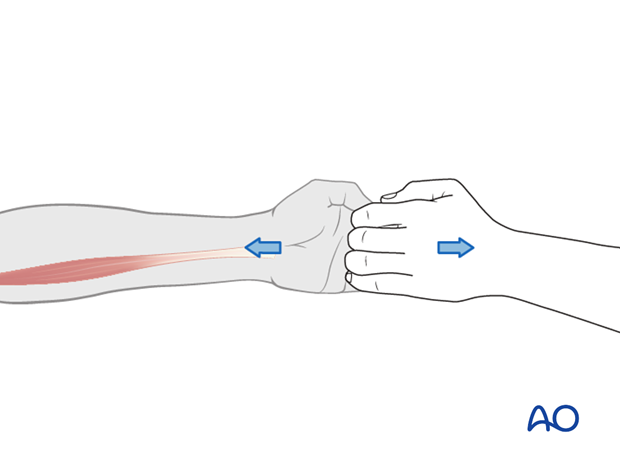
Check finger abductors (T1)
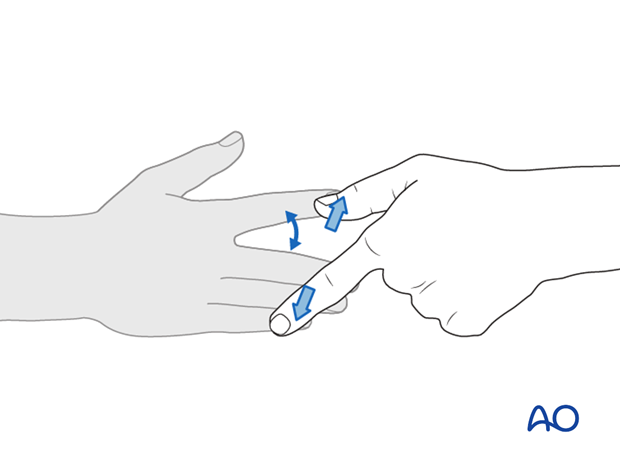
Lower limbs
Check the strength of key muscles in the lower limb.
Check hip flexors (L2)
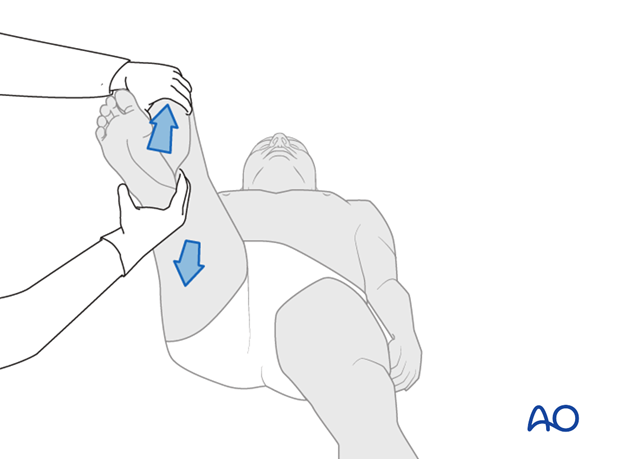
Check knee extensors (L3)
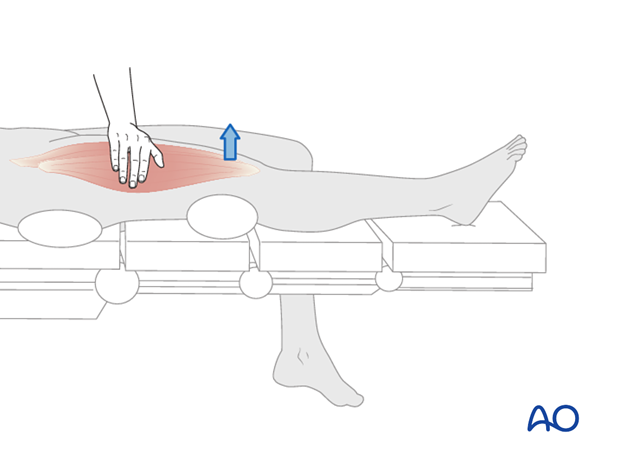
Check ankle dorsiflexors (L4)

Check long toe extensors (L5)
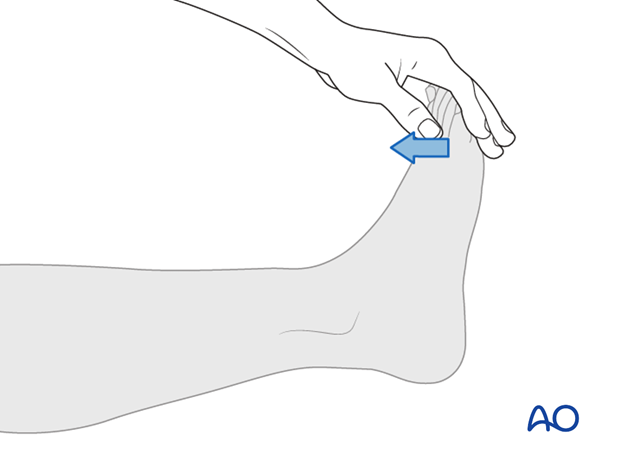
Check ankle plantar flexors (S1)
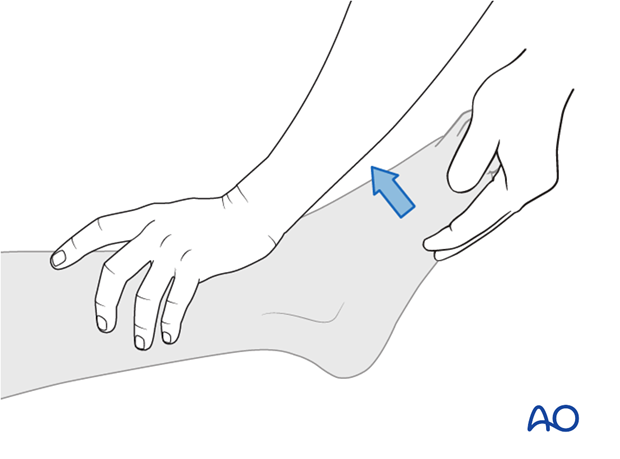
3. Sensory function
Key sensory points
Pin prick sensation is assessed with a needle, light touch. Sensation is assessed with a piece of tissue paper.
Sensation is scored as absent (0), abnormal (1), or normal (2).
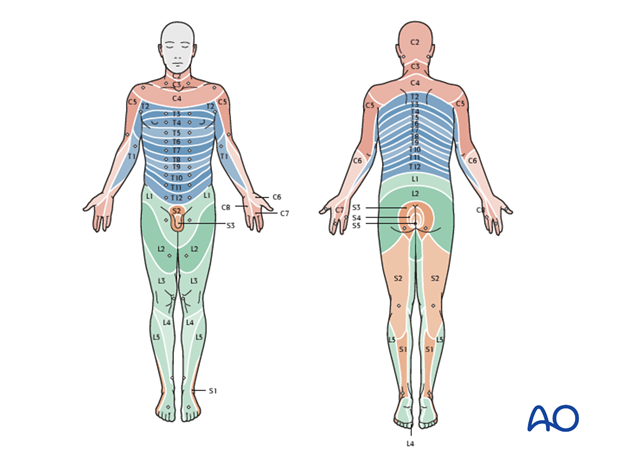
Pearl: C4/5 and T1/2
Be aware that C4 sensory level goes to just below the collar bone and the next dermatome below is T2. C5 through T1 are in the arms. The T2 dermatome includes the medial forearm the axilla and the upper chest.
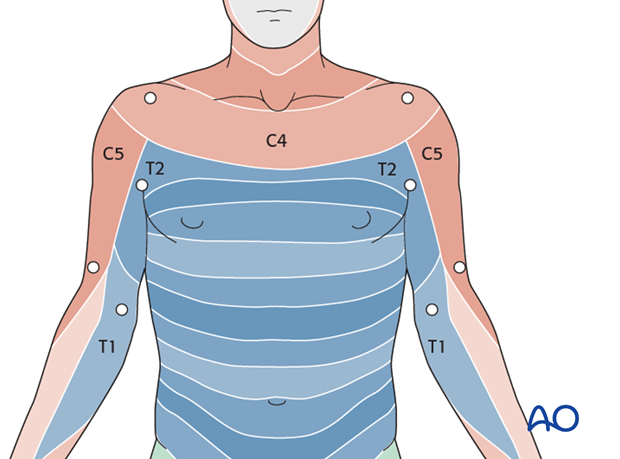
Pearl: Left and right
The left and the right need to be examined separately and are not always the same.
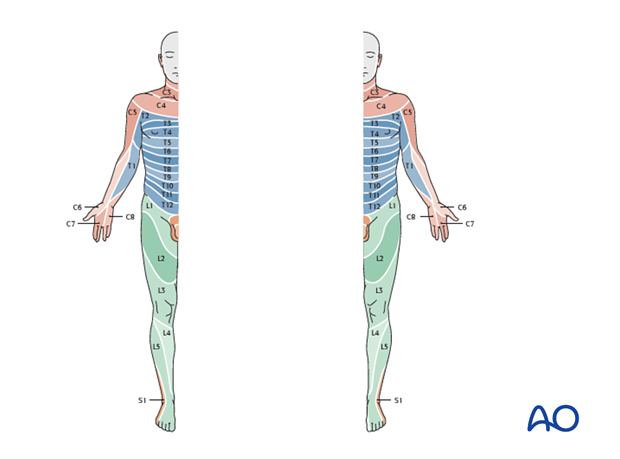
Reflex examination
Upper and lower extremities should be examined for asymmetries and deep tendon reflexes.
In the setting of an acute spinal cord injury, the deep tendon reflexes are absent below the level of the injury.
In the upper extremities these are biceps tendon reflex (C5),
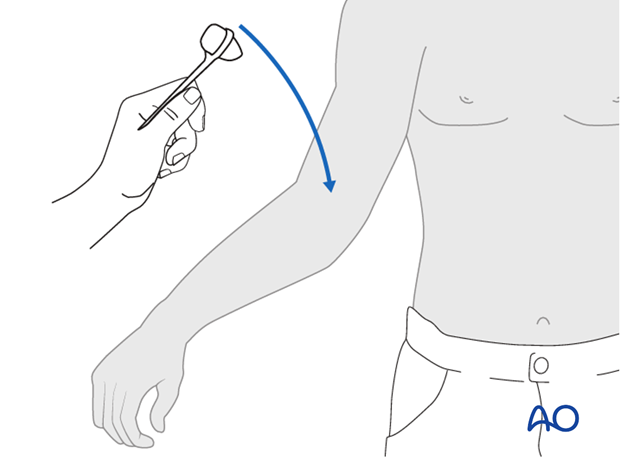
brachioradialis reflex (C6) …

…and the triceps tendon reflex (C7).
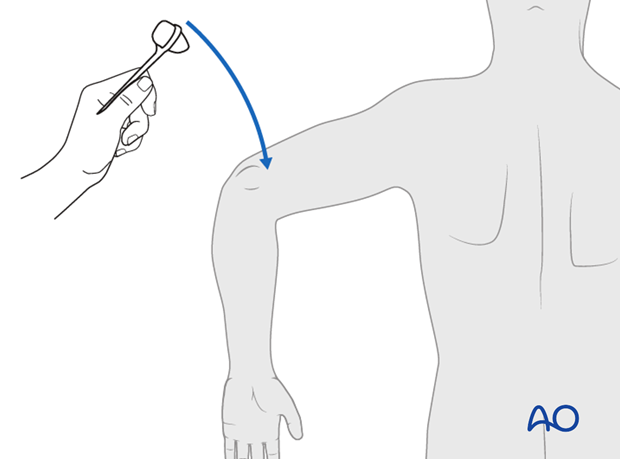
In the lower extremities these are knee tendon (L4)
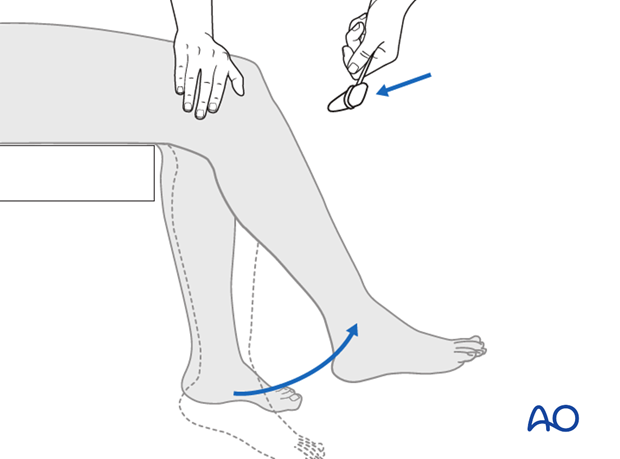
and Achilles tendon (S1)
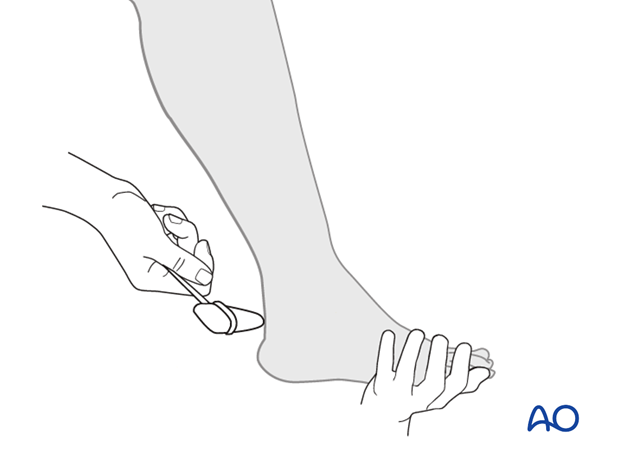
Pathological reflex
Clonus and Babinski reflexes should be assessed as well. If clonus or Babinski reflexes are positive, this may be an indication for spinal cord injury.
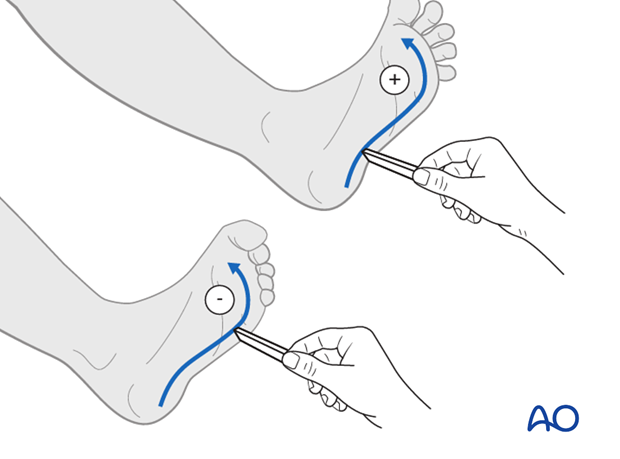
4. Sacral sparing tests
Rectal examination
A rectal examination should be done to assess for anal tone. And the anal tone should be scored as absent or flaccid, reduced or normal.
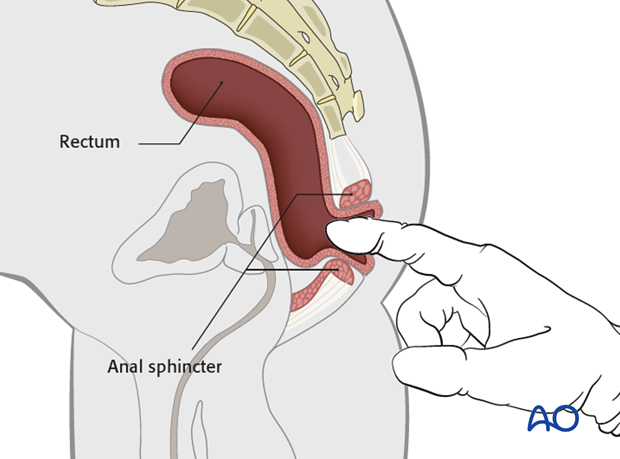
The reason for this is that the anal sphincter muscle is the lower motor innervation.
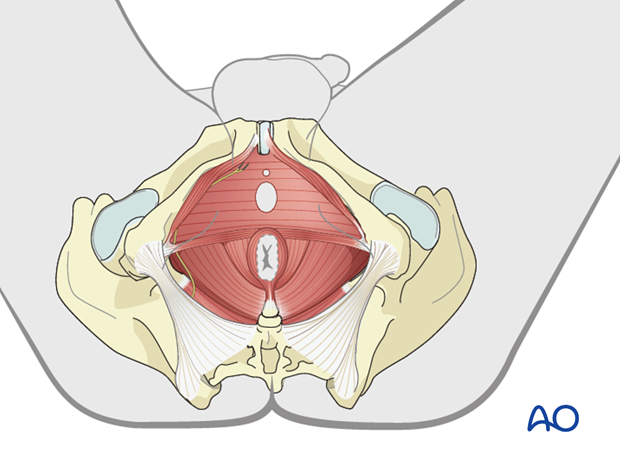
The S2-5 dermatomes should be assessed for pin prick and light touch sensation (diagram, dermatome).
